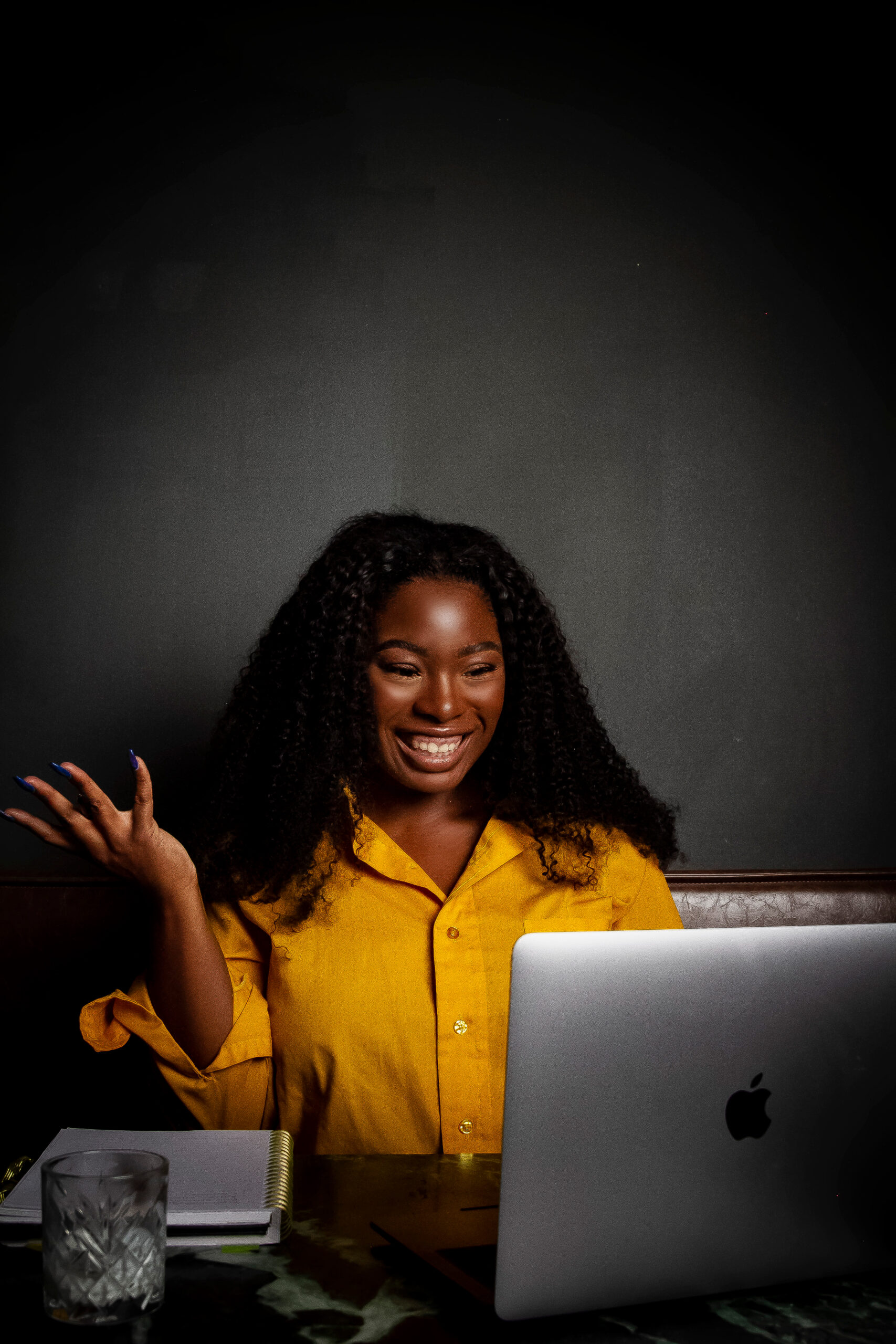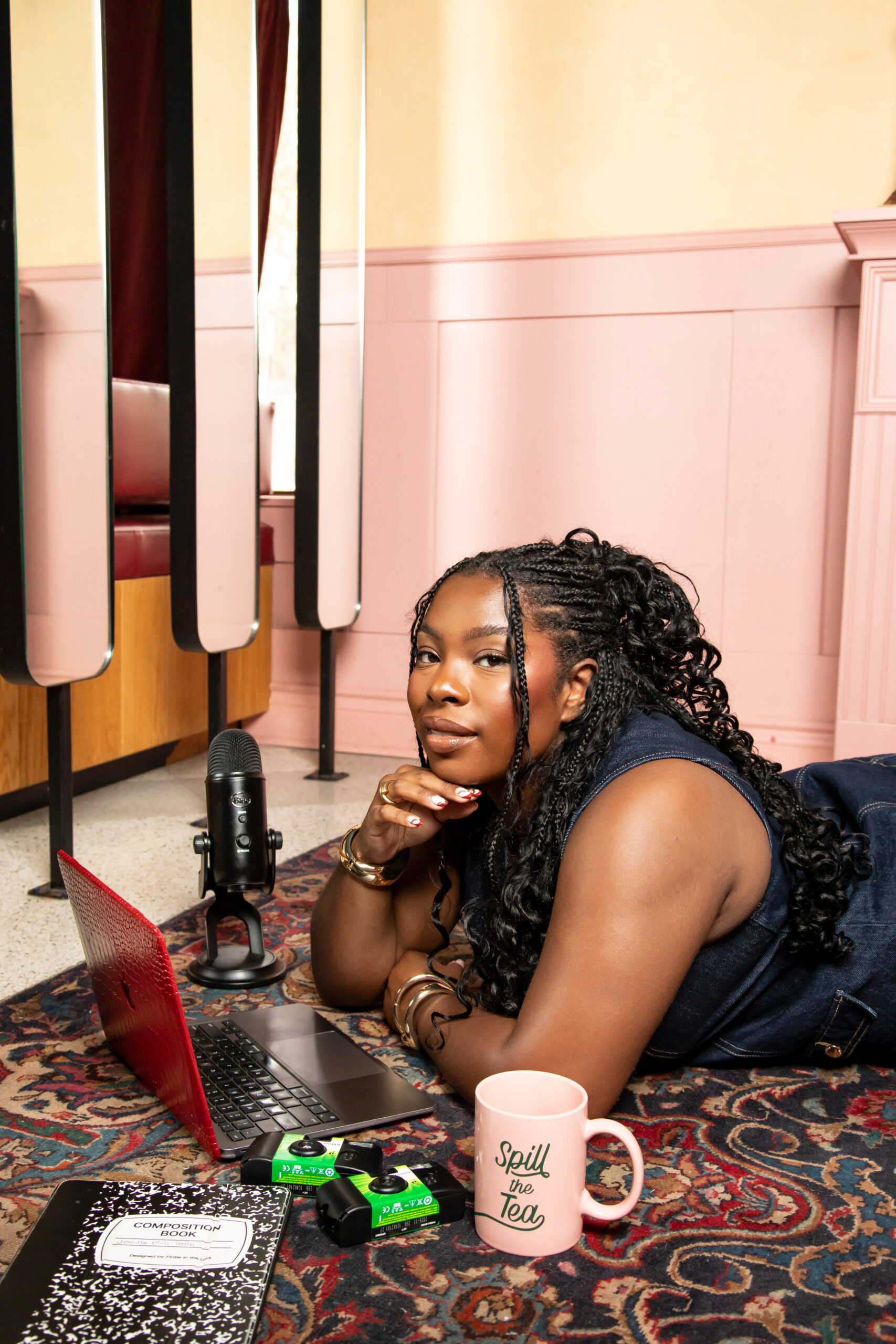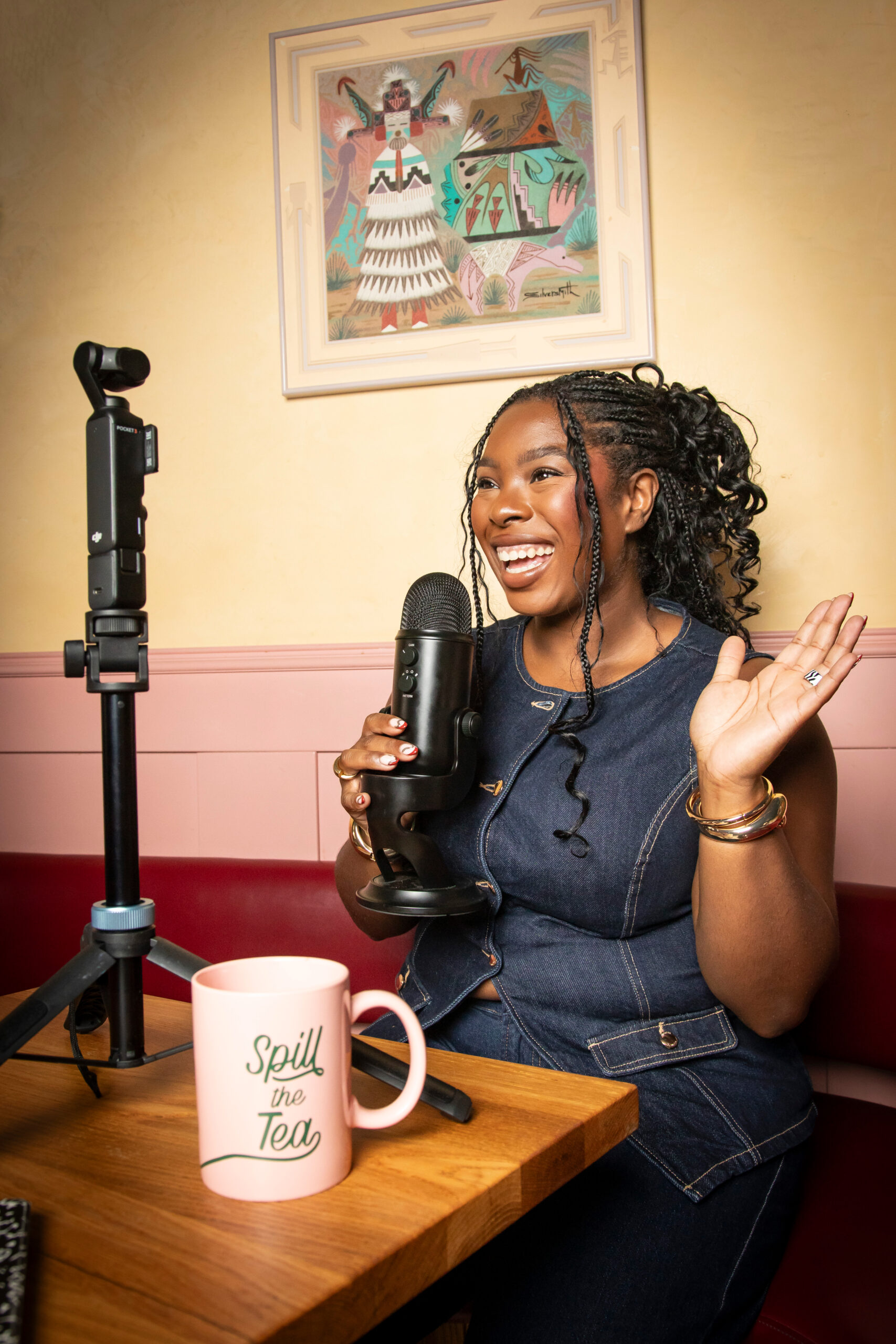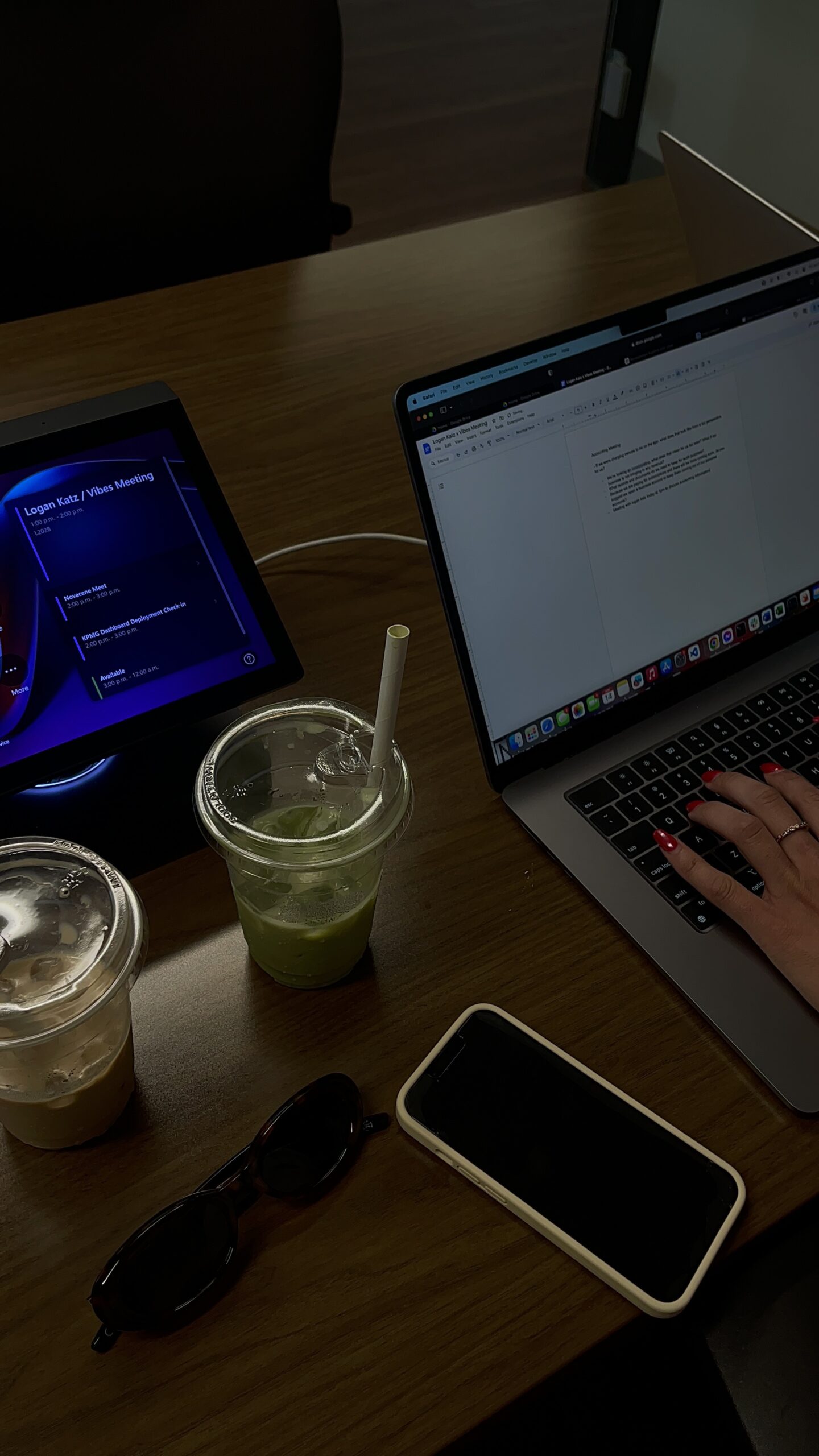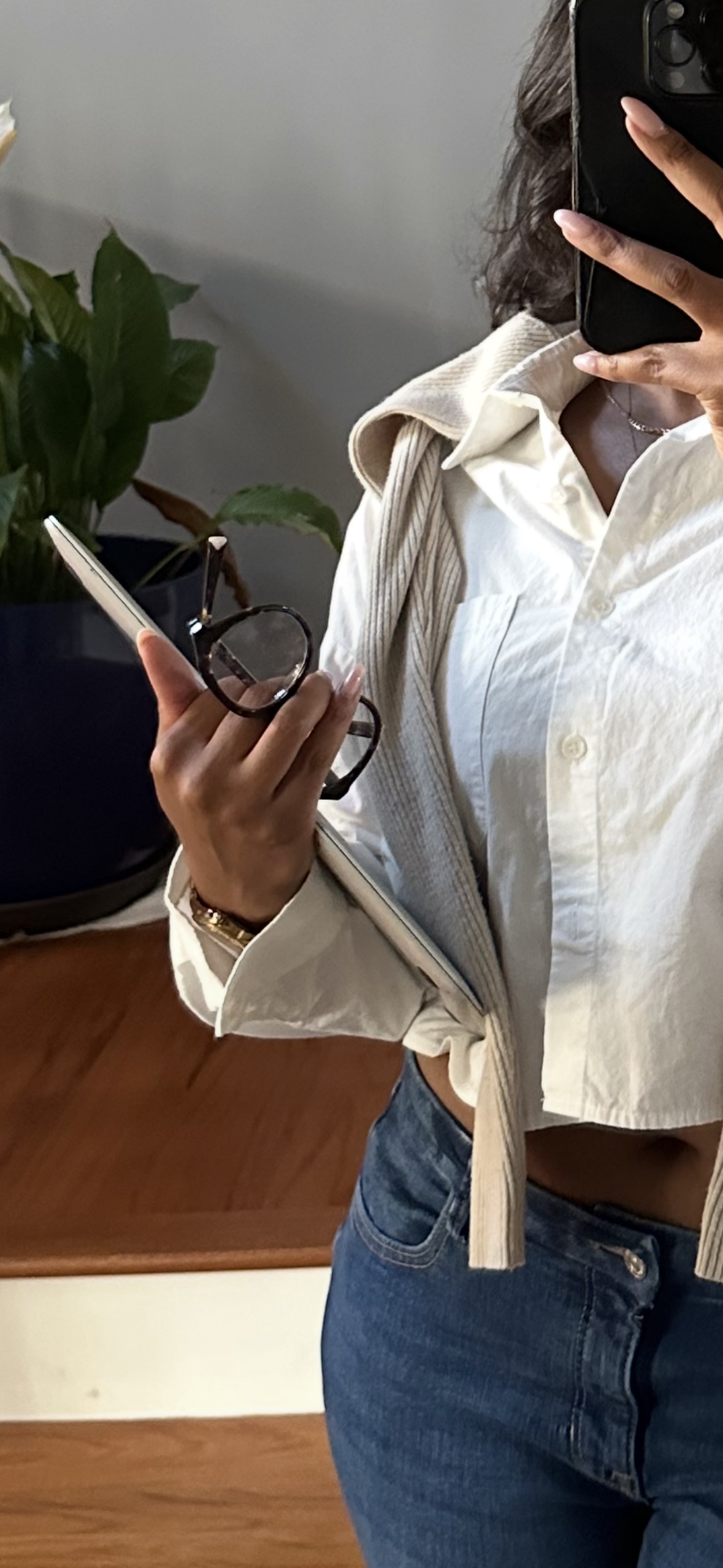HEY FRIEND!
I'm jemilla!
In the past 4 years, I’ve cut my teeth strategizing & writing award-worthy, revenue-increasing, results-snatching copy. And what really lights my fire is writing for woman-owned and BIPOC-led brands. I’m talkin’ the first day after a braiding appointment type of excited! Energizing them to go big with their bold ideas so that when launch time happens, the world thinks “OMG FINALLY, I’ve been waiting for something like this.” And giving them the tools to diversify the market.
about me
services
The Culture Gap: Why You’re Not Resonating with BIPOC Audiences
January 11, 2025
Let’s talk about the elephant in the room: your copy isn’t connecting with BIPOC audiences because your inclusive branding simply… isn’t. And in 2024, that’s a problem bigger than your Instagram engagement rate.
Here’s the tea: According to McKinsey, Black consumer spending power is projected to reach $1.7 trillion by 2030. And a global Kantar study revealed 75% of consumers say that a brands diversity and inclusion reputation influences their purchase decisions.
But a lot of people don’t feel fully culturally represented in online advertising — in fact, a 2019 Adobe study showed that 66% of African-Americans, and 53% of Latino and Hispanic Americans feel their ethnicity is portrayed stereotypically in advertisements.
The gap between these numbers? That’s where your copy is falling flat. Whether it’s your attempt at “urban” language is giving 2016 Facebook post, or your stock photos scream “diversity hire,” something’s off.
After all, DEI departments are getting shafted left and right at companies across North America because apparently it doesn’t matter anymore?
Well, I call BULL. Let’s dive into why your copy isn’t resonating with BIPOC audiences and more importantly, how to fix it so you have more inclusive branding:
- What inclusivity means
- Why it matters
- What happens when brands half-ass their inclusion efforts
- 12 ways you can make your brand inclusive
So, what is inclusive branding?
Inclusion is all about making everyone feel welcome, seen, heard, valued, respected, and represented. When you have inclusive branding, your target audience will feel like you really get them, that they can be the truest version of themselves, and be authentic without apprehension.
Okay, but why is inclusivity important?
Well, you know now that consumers are willing to pay more money when they see inclusive branding. But it’s more than that:
When the representation of different gender, race, and sexual orientation in ads is more accurate, purchase intent increases by 44% (Gitnux).
People want to see more people that look and act like them, and are willing to pay more for it. More so in recent years, but that desire goes way back.
For example, when the Marlboro Man was THEE face of Marlboro cigarettes — you know, the typical white western male archetype of the 1960s — the company wanted to make Marlboro cigarettes more popular with African American markets.
The solution seemed obvious: to create The Black Marlboro Man. They brought that idea to advertising titan Tom Burrell — and it’s a good thing they did because Burrell brilliantly said, “black people are not dark-skinned white people.”
A novel notion to Morris at the time, I’m sure. But that simple statement saved Marlboro’s ass.
Tom then created the new Black Marlboro Man: an authentic and much more relatable figure. He was cool, urban, and accurately represented black culture.
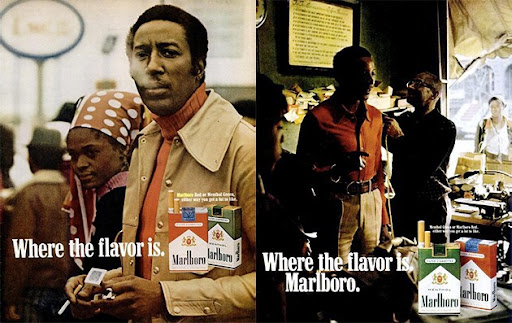
And he was a hit. But really, are we surprised?
On top of that, 60% of Gen Z, 61% of Gen X, and 64% of Gen Y agreed that they tended to buy brands reflecting their personal values (Statista).
Consumers from all generations would rather give their money to you if you care about what they care about.
So imagine how cringe it is when brands mess up ROYALLY with their diverse audience. Then trying to save their asses by claiming they have the same values, and were inclusive all along. PUHlease!
When inclusive branding gets performative
We all know Lululemon. And some of us also know the brand’s billionaire founder has stepped in some mess over the past few years.
Chip Wilson hasn’t been shy about sharing his racist and fatphobic opinions. Luckily his PR team was always quick to cover for him. Launching successful inclusivity campaigns that make many people forget his comments.
But many of us remember. Especially the diverse audiences to whom Luluemon’s founder doesn’t want to cater to.
And it’s a slap in the face when a brand like this tries to pander to us so they can line their pockets with extra profits.
It’s just as frustrating when a decades-old brand like Pearl Milling Company (formerly Aunt Jemima) tries to distract us from its racist roots.
Old Aunt Jemima was originally a song created and sung by field slaves, and later performed in minstrel shows. Then Quaker Oats paid Nancy Green, a woman born into slavery, to portray and travel as the character of Aunt Jemima in costume.
But in the wake of the Black Lives Matter movement, PepsiCo rebranded the pancake and maple syrup brand to the Pearl Milling Company — no doubt, to save face.
What’s more, they made a $1 million commitment to empower and uplift Black girls and women in 2021. Which is part of PepsiCo’s 5-year $400 million commitment to advance & uplift Black businesses and communities.
Which is great… but it also feels grimy. Reactionary. And inauthentic. Like a 1970s sugar daddy with sweaty chest hair.
So to avoid being like a 1970s sugar daddy…
Here are 12 examples of inclusive branding guidelines
- Use gender-neutral pronouns (i.e.; they/them instead of he/him or she/her)
- Represent your diverse audience with cultural references that represent their different backgrounds (i.e.; country club vs. the cookout)
- Use vocabulary, cadence, and a tone of voice that your audience can resonate with (i.e.; people in their early 20s who use social media often would respond better to a casual tone, short-to-medium cadence, and short-to-medium vocabulary)
- Avoid and check your bias and assumptions toward race, gender, age, disability, or sexual orientation (i.e.; not all people with disabilities use wheelchairs, nor are they all ashamed of their disabilities).
- Use clear alt text for all imagery, transcripts for all videos, and captions for all audio5
- Proactively research the context and meaning of things to avoid cultural appropriation6
- Use plagiarism checkers or citation generators to avoid plagiarism7
- Conduct regular focus groups, consumer surveys, and interviews to get feedback on your messaging8
- Conduct A/B testing to test your content
- Always do Indigenous land acknowledgement for in-person and virtual speaking engagements, guest appearances, podcast interviews, etc.
- Use trigger warnings for graphic and sensitive content
- Use diverse imagery in stock photos, videos, and illustrations
You can include these in your brand guidelines deck so your team and anyone you hire will always stay on-brand and never on your audience’s hit list.
TL;DR?
Inclusivity matters, and inclusive branding can be a HAYOOGE conversion driver. It can make your customers stick around longer, they might buy more of your products and services — and if you keep it bumps chest real, they’ll trust you, too.
Trust is the name of the game, friend!
Now, if you have no idea how to create inclusive guidelines that work for your brand, I’ve helped big name brands like Manulife and small business owners like you develop their brand voices.
After working with me, they have a prescriptive guide that keeps them in check and consistent — like this!
Inclusive language guidelines are a big part of that process.
So check out my Brand Voice Development & Messaging service, and hit me up if it’s up your alley!
Not ready to take that step? No stress. You can follow me on Instagram or TikTok, or sign up for my weekly newsletter — I’m always talking about this stuff
